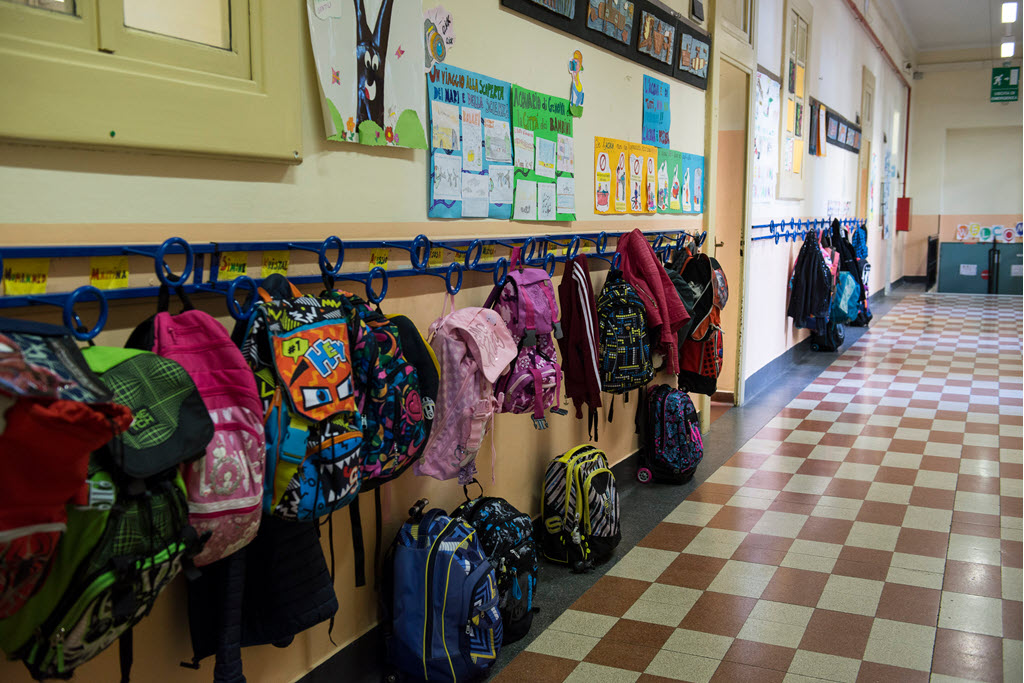-
Find your place in the sun
- Home
-
Property Search
- Property Search
-
Property in Spain
- Property in Spain
- Almeria
- Costa Blanca
- Costa del Sol
- Costa Brava
- Costa de la Luz
- Costa Tropical
- Murcia
- Valencia
- Inland Andalucia
-
Canary Islands
- Canary Islands
- Tenerife
- Fuerteventura
- Lanzarote
- Gran Canaria
- Balearic Islands
- All Areas
- Property in France
-
Property in Portugal
- Property in Portugal
- Algarve
- Albufeira
- Lagos
- Lisbon Coast
- Silver Coast
- All Areas
- Property in Italy
-
Property in Greece
- Property in Greece
- Aegean Islands
- Corfu
- Crete
- Halkidiki
- Ionian Islands
- All Areas
- Property in Florida
- Property in Cyprus
- Property in Turkey
- Search all countries
- New Developments
- Find an agent in...
- Most Popular Properties
-
-
Help & Guides
- Help & Guides
- How to Buy
- Area Guides
- Free Guide Download
- Professional Services
- Currency
- Mortgages
- Insurance
-
Relocation
- Relocation
-
Moving to Spain
- Moving to Spain
- Buying property in Spain
- Living in Spain
- Retiring to Spain
- How to move to Spain
-
Moving to France
- Moving to France
- Buying property in France
- Living in France
- Retiring to France
-
Moving to Portugal
- Moving to Portugal
- Buying property in Portugal
- Living in Portugal
- Retiring to Portugal
-
Moving to Italy
- Moving to Italy
- Buying property in Italy
- Living in Italy
- Retiring to Italy
-
Moving to Cyprus
- Moving to Cyprus
- Buying property in Cyprus
- Living in Cyprus
- Retiring to Cyprus
- Moving to Malta
- Find a Lawyer
- Viewing Trips Guide
- Articles
- Webinars
- New Developments
- Live Events
-
TV Show
- TV Show
- Episodes
- Presenters
- Apply
- Advertise with us
-
- Sign up / sign in
- Currency
- Find an agent
- Advertise with us
Education system in Italy
 With a very different structure to what is seen in the UK, there are some decisions you will need to make about the type of education you would like for your child/children when you move to Italy.
With a very different structure to what is seen in the UK, there are some decisions you will need to make about the type of education you would like for your child/children when you move to Italy.
Find out more about the schools and Italian education system below.
What can I expect from the Italian education system?
Education in Italy is compulsory from 6 to 16 years of age, and is divided into five stages:
- Kindergarten (scuola dell'infanzia),
- Primary school (scuola primaria or scuola elementare)
- Lower secondary school (scuola secondaria di primo grado or scuola media)
- Upper secondary school (scuola secondaria di secondo grado or scuola superiore)
In major cities you will have a choice between state schools, private schools (many of which are Catholic), English-speaking international schools, and specific country-oriented schools (e.g. German or Spanish).
As with moving to another country, you need to choose between immersing your child in a local village school where Italian will be used and children will learn the language swiftly and become part of the community, or an international school full of a broad selection of (sometimes transitory) different expats.
Primary school involves a basic education in Italian, English, mathematics, natural sciences, history, geography, social studies, physical education, visual and musical arts. It is followed by three years of lower secondary school. But then there are three types of upper secondary school (age 14 to 19): liceos with quite a humanitarian, literature, classics and history bias; Istituto tecnico - offering a specialization in a field of studies (eg law or technology); and more vocational Istituto professionale (for trades).
How does the Italian education system differ to the UK system?
The school year is divided into two terms, with the middle of January the dividing point, and ends in mid June. The school day is generally five hours from Monday to Saturday, with children returning home for lunch. It is not unusual for children to be asked to repeat school years, should the school feel the child hasn't met expectations.
The Italian education system is generally ranked below the top 10 countries, and the OECD ranks the overall scholastic performance of Italian 15-year-olds as well below their average in their world rankings.
Although pioneering at the time of the Renaissance, Italian educational establishments are considered old-fashioned with a ‘didactic’ style of teaching and compared to more modern approaches with a focus on lateral thinking.
FAQs: Schools and education in Italy
How does the education system work in Italy?
Italy’s education system has four main stages: pre-primary (scuola dell’infanzia), primary (scuola primaria), lower secondary (scuola secondaria di primo grado), and upper secondary (scuola secondaria di secondo grado). Education is compulsory from ages 6 to 16, making it an important consideration for families relocating to Italy.
Is education in Italy free?
Public education is free for residents, including foreign families who have secured Italian residency. You may need to pay for textbooks, supplies, and extracurricular activities. Private and international schools require tuition fees, which should be factored into relocation budgets.
What is the quality of education in Italy?
Italian schools are known for strong academic foundations, especially in arts, humanities, and sciences. Families moving to Italy often choose public schools for cultural integration or international schools for continuity with their home country’s curriculum.
What age do children start school in Italy?
Children can attend pre-primary from age 3, but primary school starts at age 6. If you’re relocating, it’s worth aligning your move with the start of the school year to ease the transition.
Are there international schools in Italy?
Yes. Major cities like Rome, Milan, Florence, Bologna and also Como offer international schools following British, American, or IB programmes, making them popular with expat families moving for work or retirement.
How is the school year structured in Italy?
The school year runs from mid-September to mid-June, with breaks at Christmas, Easter, and for national holidays. This calendar can influence relocation planning, especially if you’re moving with children.
Do Italian schools teach in English?
Public schools mainly teach in Italian, with English as a compulsory foreign language from primary level. International schools and some bilingual schools provide education mainly in English - an option many relocating families consider.
How is university education in Italy?
Italy is home to top universities such as the University of Bologna and Sapienza University of Rome. Tuition fees are lower than in many countries, and there are courses in English, making it a draw for international students and families relocating for long-term stays.
